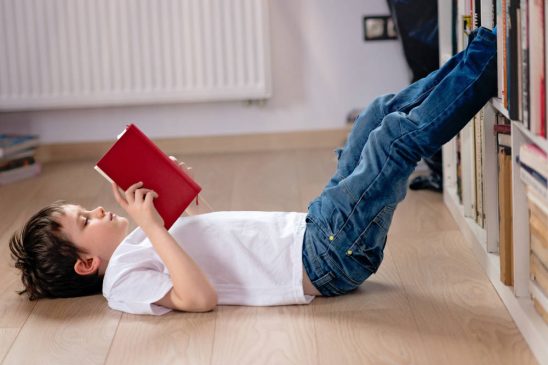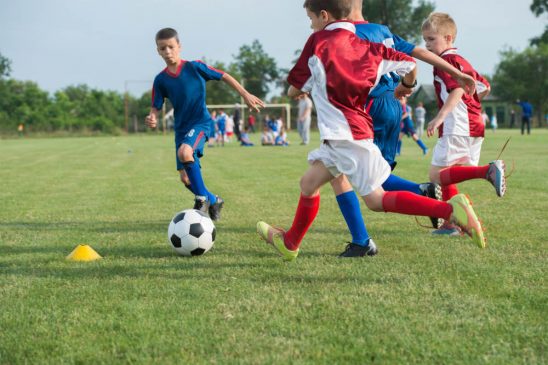Almost every family has some type of medication at home, and most have multiple medications and supplements in their cupboards. Whether you take a prescription medication, keep acetaminophen on hand, or use supplements daily for good health, the medicines in your house pose distinct dangers to the littlest members of your family. No matter what age your children are, use these tips to protect them from possible overdoses.
Keep Medications out of Sight
If your child does not even know where medications are stored in the home, he will be less tempted to go exploring for them. Whenever you take out a medication bottle for your own use, be sure to put it back in the correct place immediately. Do not leave your children’s medications out where they can see them either.
Store Medications on High Shelves
As you are looking for a spot for stowing medications away safely, search for a spot that is too high for your children to reach. In addition, stay away from shelves next to spots that are easily climbable, such as near countertops or tables.
Only Use Bottles with Child-Proof Lids
Many medications come with child-proof lids. You can also ask for a child-proof bottle at your local pharmacy counter if you need to transfer some medications into safer bottles.
Make Sure to Hear the Lid Click Shut
Of course, child-proof lids are only handy if they are correctly deployed. Be sure that you hear the lid click shut after using it, and try to unscrew the lid yourself to ensure that it is completely closed.
Teach Children About Medication Safety
Instead of being afraid to teach your children about medications and how dangerous they can be, start early by telling your children how medications and supplements are different from candy. Additionally, explain that they should never eat anything they find on the ground, even if it looks like candy.
Keep the Number to Poison Control on Speed Dial
While these tips should decrease any potential for accidental medication ingestion in your home, you may still find yourself faced with the unthinkable someday. Keep the number for the Poison Control Center, which is (800) 222-1222, on your phone’s speed dial. These experts can give you quick advice for how to help your child and whether you need to head to the emergency room.




